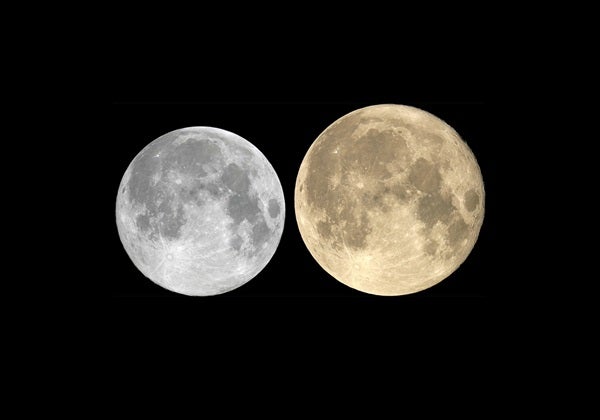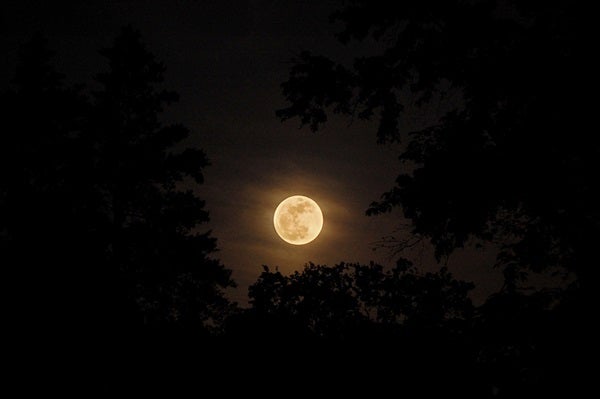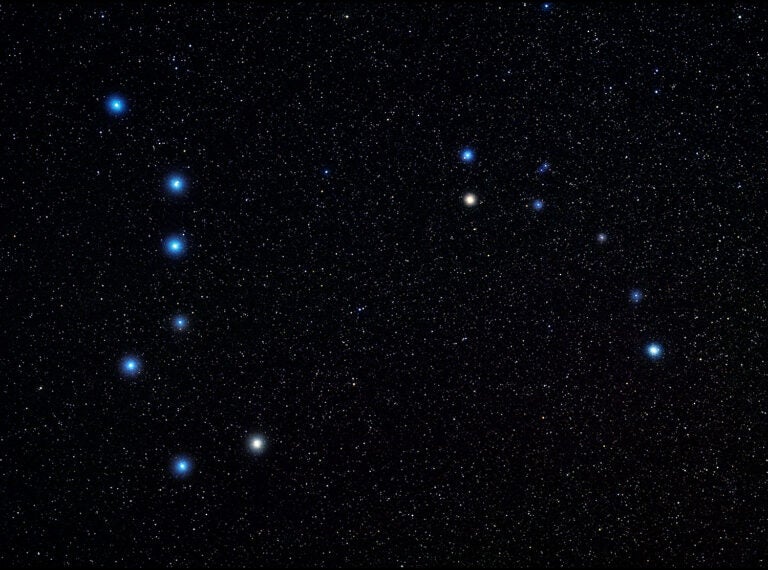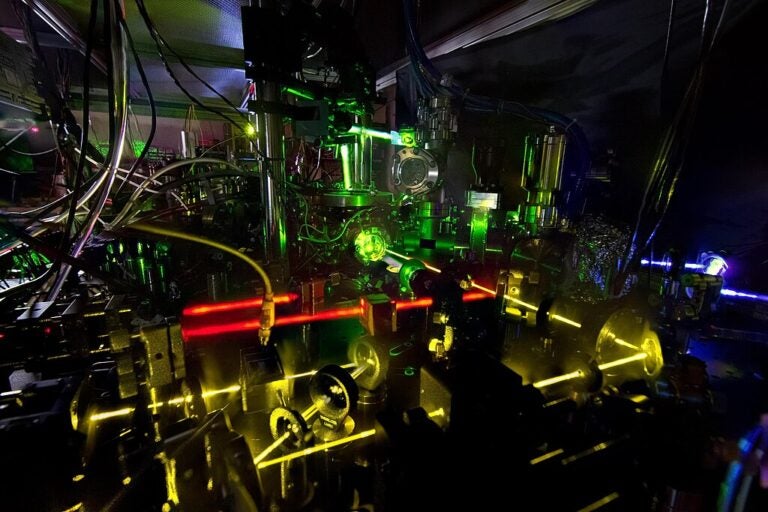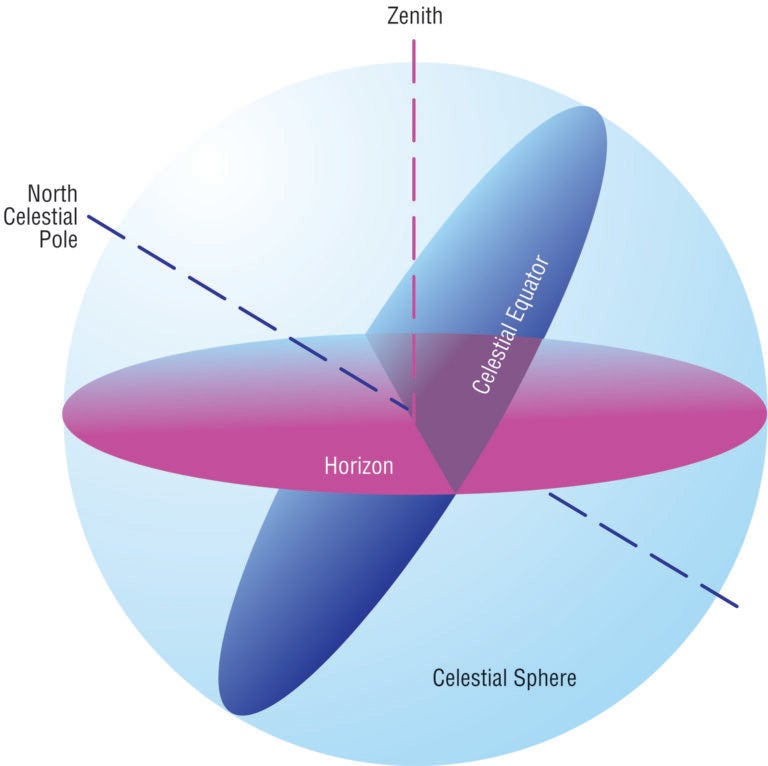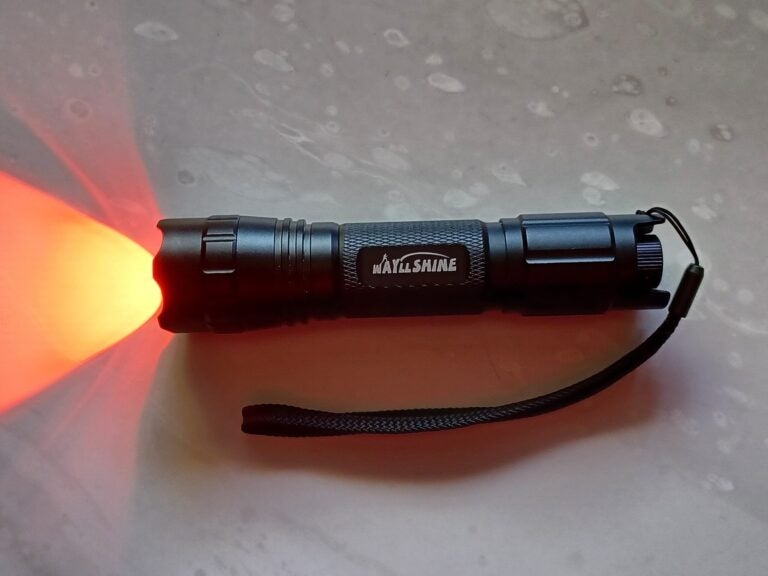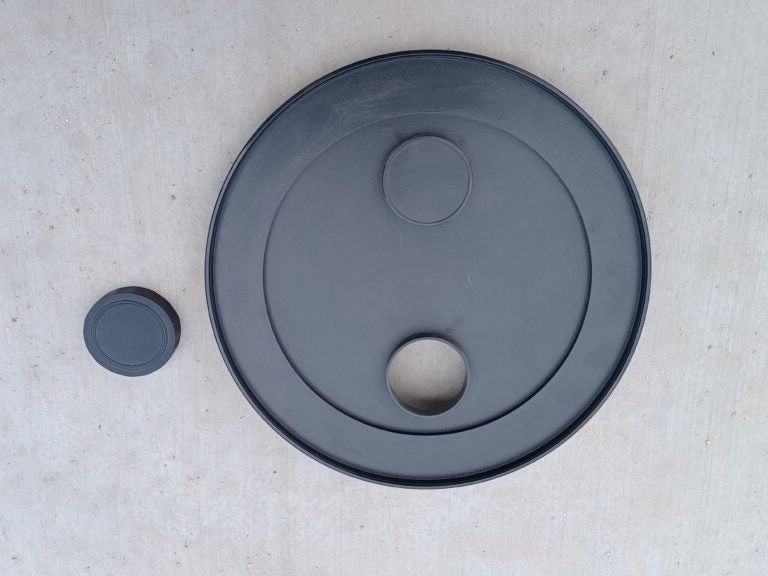This month, you’re sure to hear a more recent addition: Super Moon. Quite simply, it refers to the one Full Moon each year (out of the 12 or 13 that occur) that lies closest to Earth. In 2014, the date that happens is August 10.
Actually, “Super Moon” isn’t new. The term first appeared in a 1979 article for Dell Horoscope magazine. (I can imagine many of you groaning at this revelation, but remember that astrologers also named the planets and many of the constellations.) The author, American astrologer Richard Nolle, described it as “a New or Full Moon which occurs with the Moon at or near (within 90 percent of) its closest approach to Earth in a given orbit.” Nolle gave no reason for his “within 90 percent of” delimiter. Like most astrological numbers, the range gives the predictor a huge amount of wiggle room.
It’s easy to understand why a term like Super Moon would catch on. It describes in general terms how one particular Full Moon each year rates, and — at least for the general public — it sure beats the astronomical term: perigee-syzygy Moon.
Perigee means “closest to Earth,” and syzygy is a term astronomers use for a lineup of three celestial bodies, in this case the Moon, Earth, and the Sun, in that order. Note that a class of Super Moons also occurs at New Moon (when the syzygy would be Earth-Moon-Sun), but because we can’t see the Moon at its New phase, I chose not to discuss it here.
The numbers
To give you some perspective on lunar perigee, during the period from 1990 to 2020, the Moon’s closest approach to Earth will occur November 14, 2016. On that date, it will stand 221,524 miles (356,509 kilometers) away, and it will be, indeed, a Full Moon. And, just so you know, astronomers measure these distances from the centers of the two bodies. So, their surfaces lie approximately 5,000 miles (8,000km) closer than the numbers suggest.
On August 10 at 2 p.m. EDT, the Full Moon will reach perigee 221,765 miles (356,896km) from Earth. Will it appear bigger? Yes. Will it be brighter? Yes. And brighter still if the Moon lies closer to the exact point directly opposite the Sun. Astronomers call such brightening the opposition effect because the Moon stands opposite the Sun in our sky. But because the Moon has a tilted orbit, our satellite can lie up to 5° from that point.
Will you notice? No, because it won’t be visible in North America at 2 p.m. EDT. But even if it were visible, you wouldn’t notice, although millions of people each year who gaze at the Super Moon convince themselves it’s the brightest they’ve ever seen.
And they’re right, in the most general sense. They know it’s the brightest because that’s what they’ve been told. But even the finest visual observers can’t remember how large a previous Full Moon appeared to compare it to a so-called Super Moon.
A 26 percent difference in brightness equals a magnitude difference of 0.25. That’s about the disparity between Betelgeuse (Alpha [α] Orionis), which shines at magnitude 0.58, and Aldebaran (Alpha Tauri), which glows at magnitude 0.85.
When shown these stars (they lie near each other in the Northern Hemisphere’s winter sky), most people with normal vision pick Betelgeuse as slightly brighter. Correct! But imagine showing the best observer you know one of these stars one night and the other seven months later and saying, “Pick the brighter one.” The accuracy would equal that of flipping a coin.
A suggested approach
As an amateur astronomer, you can field comments and questions from family, friends, co-workers, and others regarding the Super Moon in one of two ways. You can choose to be an unapproachable elitist snob who poo-poos the whole notion of calling any Moon “super.” Of course, when you think about it, that approach isn’t going to win you any friends, and you’ll probably solidify a few people’s notions of “science types” as unfriendly, unbending, and unable to communicate.
Your second choice is to use this event as a teaching opportunity. Explain — in simple language — what’s causing the Super Moon. Encourage people to go out and look at it. Do they have a camera? Give them a few tips about photographing the Moon (use different exposures, include some landscape, etc.), and offer to look at their pictures afterward.
You might even go so far as to set up a telescope and offer “Free Looks at the Super Moon!” I know the Full Moon is the worst time to observe old Luna, but you’d be surprised at how many people never have seen it through a telescope. To them, even a peek during Full Moon, when details are lowest, will be “super” cool.
Regarding observing the Super Moon (or any Full Moon), I suggest you use a neutral density filter that screws into your eyepieces. It will dim the Moon, and you won’t be “snow blind” after looking at it. Alternatively, you can make an aperture mask. Just cut a piece of stiff cardboard to fit your telescope’s aperture. Then cut a small hole in the cardboard. If you have a refractor, cut the hole in the middle of the inset; for reflectors or Schmidt-Cassegrain scopes, just offset the hole from the center.
Have fun!
The mainstream media is going to have a field day with the Super Moon. So, why shouldn’t we? Let’s spread the word that astronomy’s not all about math, light-years, and dark energy. It can be fun, too.


